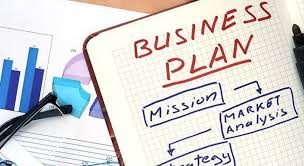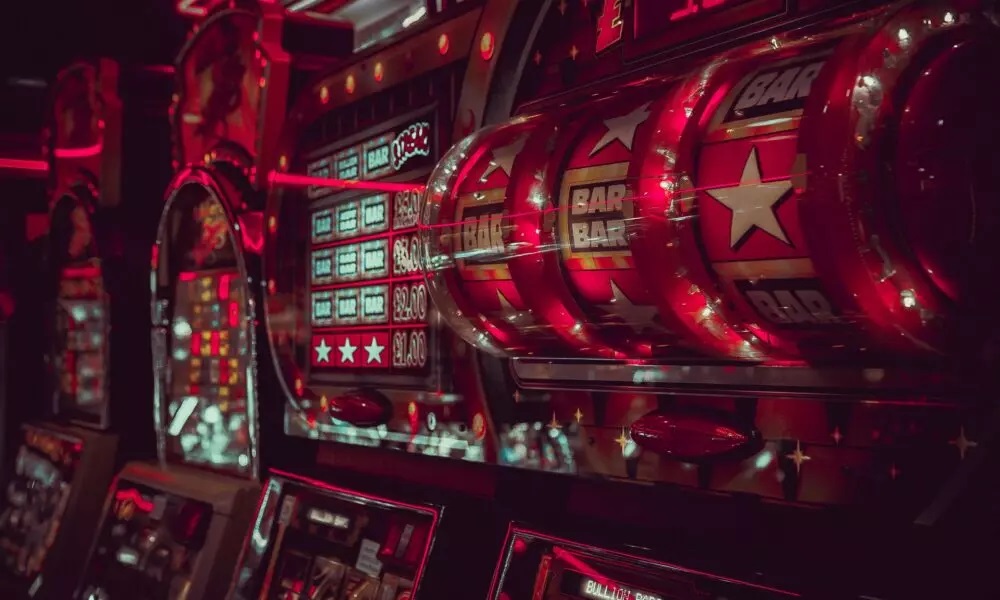
Over the last century, around the 1920s, the bridal hairstyle was an essential part of the bride’s wedding makeup. The tradition with all digital advancement is still prevalent. The yesteryear brides knowingly or unknowingly had used some creative hairdo. That is still making its inherent impact on today’s bride. The obsession for old grandma snaps in Pinterest or Instagram deciphers the dictum that still the old is gold.
Pull-off style or neckline attached? Natural is the best or celebrity hairstyle that will suit you better? Will the veil be the most suitable or no-veil will be more fashionable! These recurring questions worry the brides always! But the most exciting part of this bridal hairstyle trend is its flexible versatility. If we close view, the Gatsby girls of 1920s, Betty Bands of 1940s, or bridal beehives of 1960, and today’s hot bridal style of beachy waves are all related together on a common keynote: it is contemporary fashion. In the last decade, let’s probe into how the hairstyle has changed into the new face of fashion.

The bridal hairstyle in 1920s era
Modern ladies were quite fascinated by androgynous haircuts as Flapper Girl Movement was just around. Gender boundaries were remodeled, and fashionable girls were looking for fashion like Flapper girl Clara Bow; shot bob hair cut became popular, and concurrently bridal makeup was done on this short hair. Long hair was generally pinned in a tight bun. Soft buns were ties on the neckline of the bride.
The most popular hair accessories were expensive veils, Juliet Caps, and silken flower adornments attached to the caps.
The bridal hairdo in 1930s period
Shoulder length hair became the trend during the 1930s. The tight lock of short bobbed hair was somehow replaced with softer wavy hair. Accordingly, bridal hairdo leaped toward a finger waved called Marcelled. The use of Marcel iron in preparing a bridal hairstyle was quite common. Longer hairstyles came back into the vogue. Veils and Juliet Caps were still in fashion, but instead of highly embellished caps, plain and simple caps took their entry in bridal hairdo.
The curls of 1940s play a key role in bridal fashion
Victory rolls were very much in. Bridal hairstylists use to pin the hair coil on the top of the head. The style was called upswept hairstyle, and it was almost prevalent in shot hair bridal hairstyle. For longer hair, queue curl was popular along with small decorative headpieces for the brides. This time the entry of birdcage veils made its entry to the world of the bridal makeover.
More curls in the 1950s
The ladies perhaps discovered synchrony between oozing feminine charm and soft curls, and that makes the bridal hairdo of the 1950s more curl dominating. Famous Betty Bangs bridal hairstyle became wildly popular. Bangs were shaped over the eyebrow in volume were the popular hairdo, and girls were crazy about it. Skullcap veils were a hot craze, and the veil length became longer. Curls were set on the top of the heads with a stone stud pin.
The 1960s saw the beehive trend
The bridal hairstyle influencer was Hollywood fashion fiesta Brigitte Bardot mostly. Following her style, Bouffant trend came in the fashion world, and ladies took their best scope to add this style on their special day: beehive hairdo was hot in trend. Veils went high up on the upper portion of the head. Jewel-stud hairbands became famous as an accessory. Hair was mostly set in a conical form on the top of the head. Following the mesmerizing style of Jackie Kennedy, Pill Box Hat earned popularity; synthetic veils took its entry to add a voluminous look of bridal hairdo.
Feathered style of the 1970s became a sensational bridal fashion
Bohemian veils, lacy-edge, and delicate, soft, wavy curls became the trend in bridal fashion. The bridal fashion became the more dreamy type, and a heavily manicured hairstyle was considered as outdated. The hairdo was not spared, so celebrity hairstyles came into practice, and people started following the reel world in their bridal makeup.
The 1980s saw a bolder hair styling
Brides were seen with dramatic bangs, and asymmetric cuts were quite popular these days. Perming and the use of bigger and lengthy veils came into fashion. Sequined headpieces became the standard bridal hair accessories. These trends highly inspired bridal hairdo.
The 1990s saw a sleek and layered fashion for hair
Delicate quality veil and hairpins were in practice. French roll, trendy ponytail, top knot, pull off updo were the best hairstyles prevalent in the bridal fashion. The bridal hairstyle became more smart and natural than the old textured look. The style became more based on shoulder-length hair. For long hair, braid and loose bun still stayed prevalent.

2000-2010 is the age of messy wavy and retro style
During this contemporary age, the hairstyle has come to a natural and carefree style. The brides love to look natural and relaxed; the hairdo has become a part of showing the chic and smarty look than the display of opulence. Flower crowns are highly in use, and Birdcage veils are also showing it’s popping up face, especially in celebrity marriages. The hairstyle is being counted as a means to glorify the natural look and beauty of the bride, not as mere embellishment.
This is all about the story of bridal hairstyle improvisation for a decade. However, the objective was always to look at the best for a bride in her special days, and the goal has remained the same. The accessories and other styling are all meant to take care of the bride’s best beauty and glamour. The role of celebrity and reel world was always impactful on ladies’ look; bridal makeup was no exception in the age of 1970-1990s. However, the trend is taking a new direction in the 2000s. The new-age brides are more interested in displaying their smart and personified look. Bridal Hairstyle is still essential, but these days that do not exemplify the look but also they focus on the bride’s complete appearance more in a corporate style.







